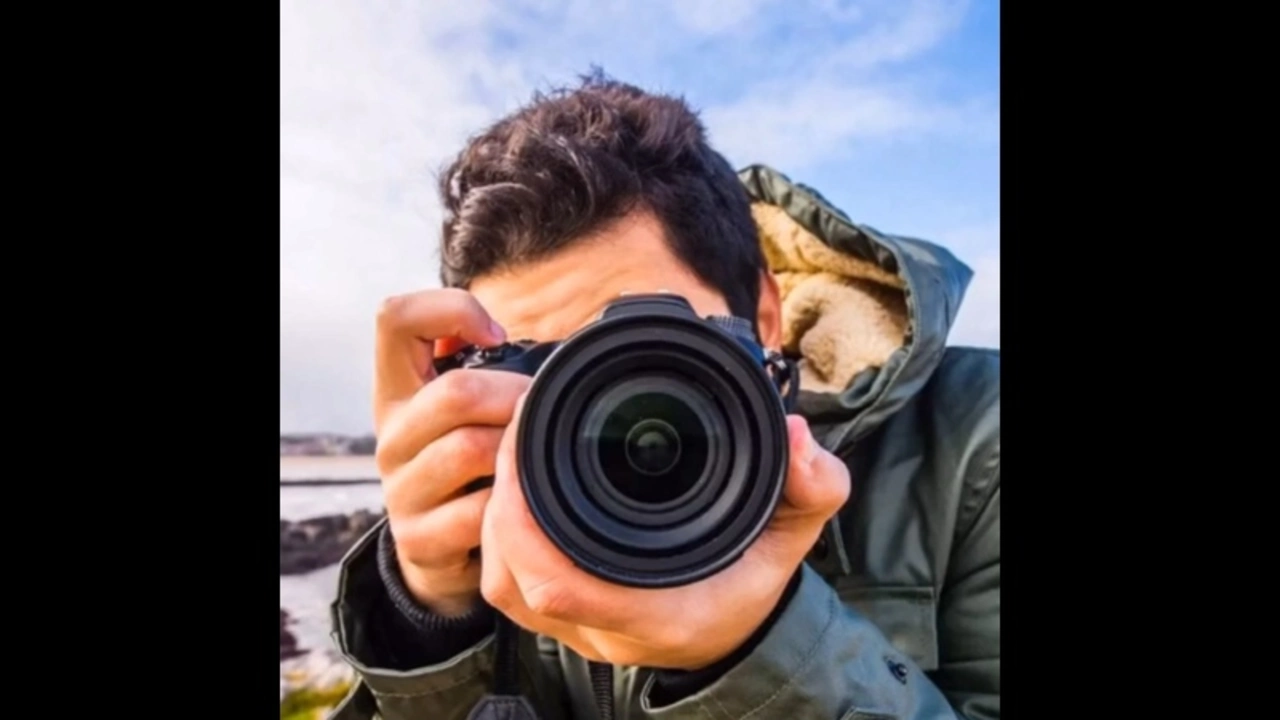Myosis: Why your pupils look tiny and what to do
A sudden change in pupil size can be alarming. Myosis means your pupils are unusually small—pinpoint or tiny even in low light. It can be harmless, a side effect of a medicine, or a sign of a medical problem. Knowing the likely causes and when to act helps you avoid panic and get the right care.
What causes myosis?
Bright light and normal reflexes make pupils constrict, but persistent myosis usually comes from drugs or nervous system changes. Common culprits include opioids (like morphine or fentanyl), some anti-anxiety drugs, organophosphate poisons, and certain eye drops. Neurological causes can be a stroke in the brainstem, Horner's syndrome, or infections that affect cranial nerves.
How myosis feels and what you might notice
Most people only notice small pupils because vision in dim light worsens or glare becomes stronger. You might see trouble driving at night, halos, or slow adjustment when moving between dark and bright areas. If myosis comes with headache, drooping eyelid, confusion, or uneven pupils, treat it as urgent.
Simple checks you can do at home
Look at both pupils in a mirror under different lighting. Healthy pupils usually react to light and match each other. Shine a light briefly; if both shrink and widen normally, that suggests a non-neurological cause. If one pupil stays tiny or fails to react, get medical help.
When to see a doctor now
If myosis appears suddenly, after a head injury, with loss of consciousness, severe headache, weakness, or trouble speaking, go to the emergency room. Also seek urgent care if you suspect poisoning or if you took an opioid and feel very sleepy or short of breath.
Treatment options
A doctor will check history, medicines, and do a focused neurological exam. They may test pupil reactions with light, perform imaging like CT or MRI if stroke is suspected, or order toxicology if poisoning is a possibility. Eye tests and a simple drop test can tell if eye medications caused the change.
Treatment targets the cause. If a drug causes myosis, stopping or switching that drug usually fixes it. Poisoning may need antidotes like naloxone for opioid overdose. Neurological causes require specific care - sometimes urgent surgery or stroke treatment. Eye drops that dilate the pupil can ease symptoms briefly but won't fix the underlying issue.
Practical tips to manage small pupils
Avoid bright glare with sunglasses and use extra light for reading. Don't drive at night if your vision is poor. Keep an up-to-date list of medicines and share it with providers. If you use opioids, carry naloxone and know how to get emergency help.
Final thought
Small pupils are often harmless but can hide serious problems. Trust your instincts: if something feels wrong, get evaluated.
When you visit, tell the doctor what drugs you took, recent injuries, and timing. Note vision changes, sleepiness, breathing issues, and any chemical exposures. Bring a photo of your eyes if the change is intermittent.

